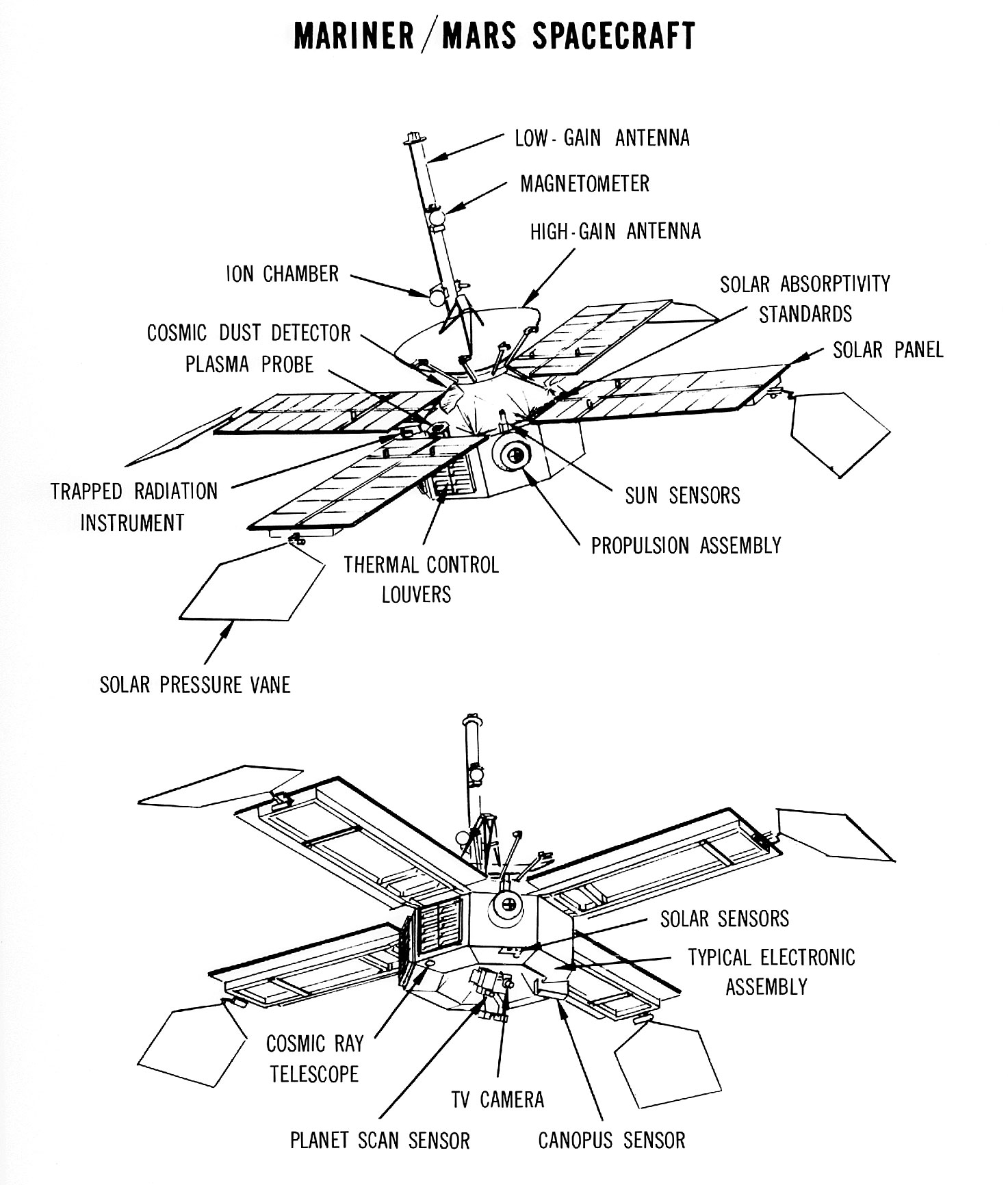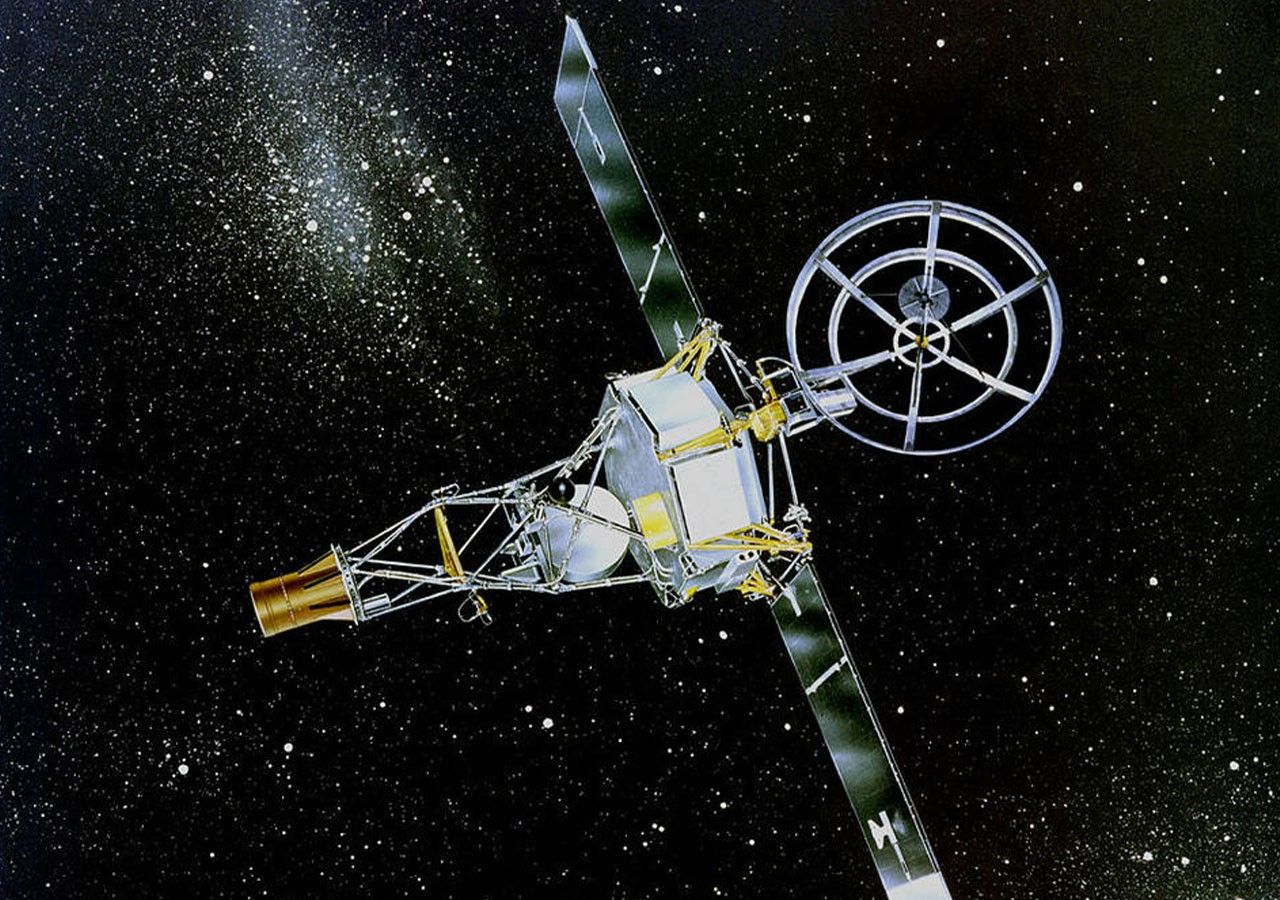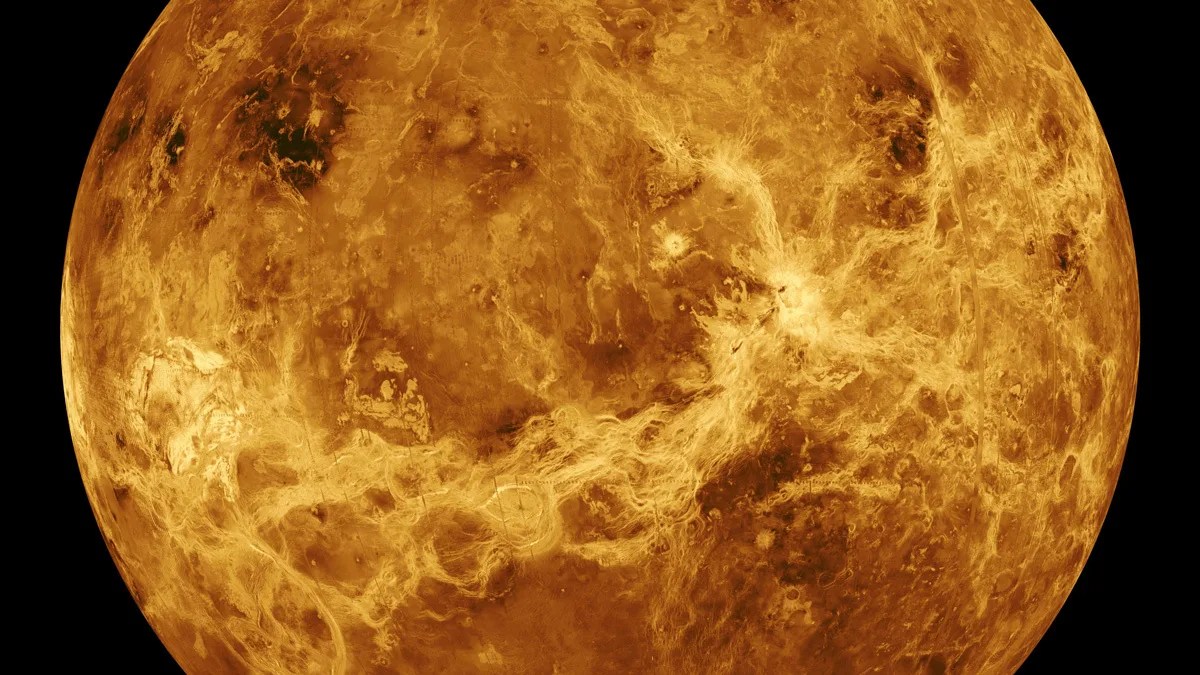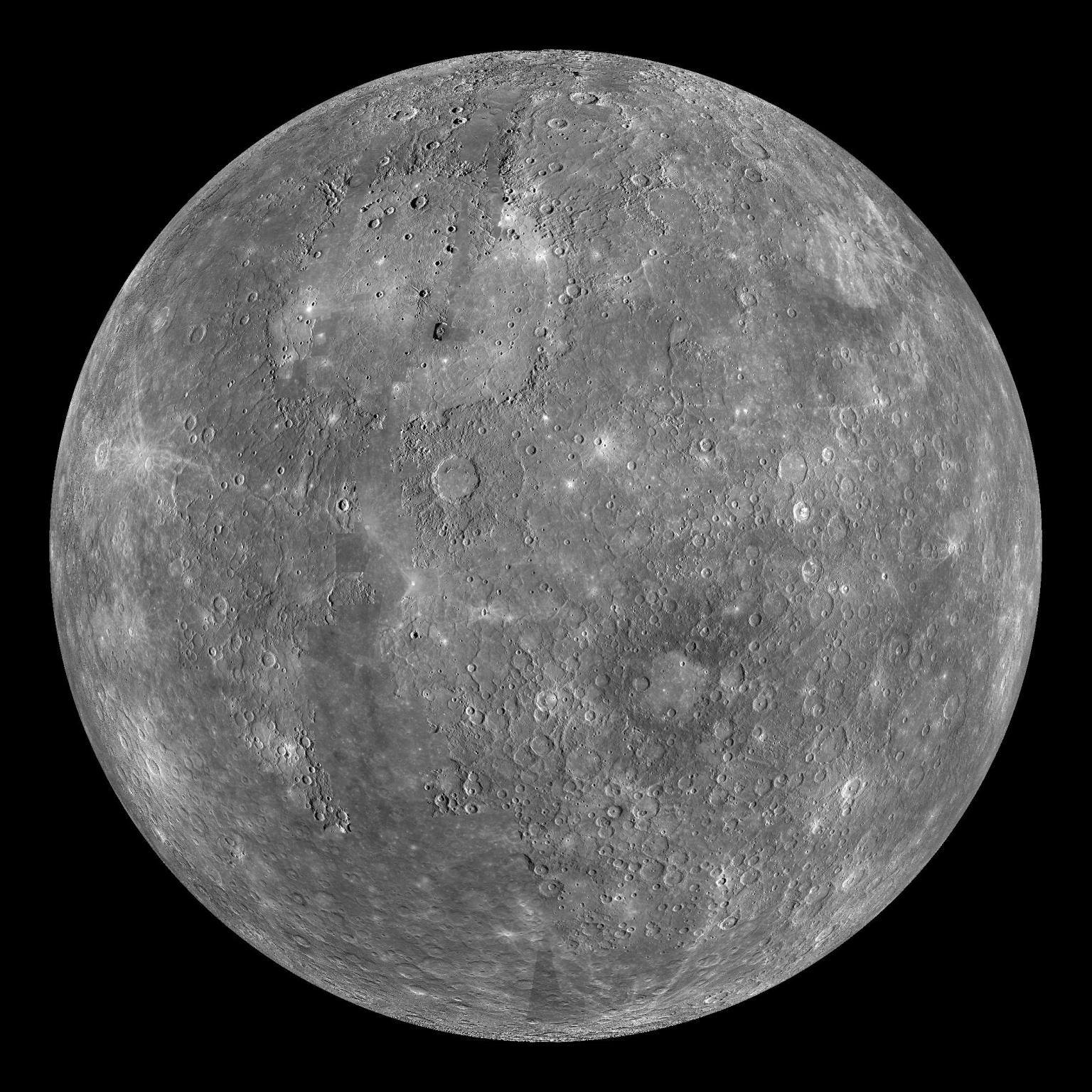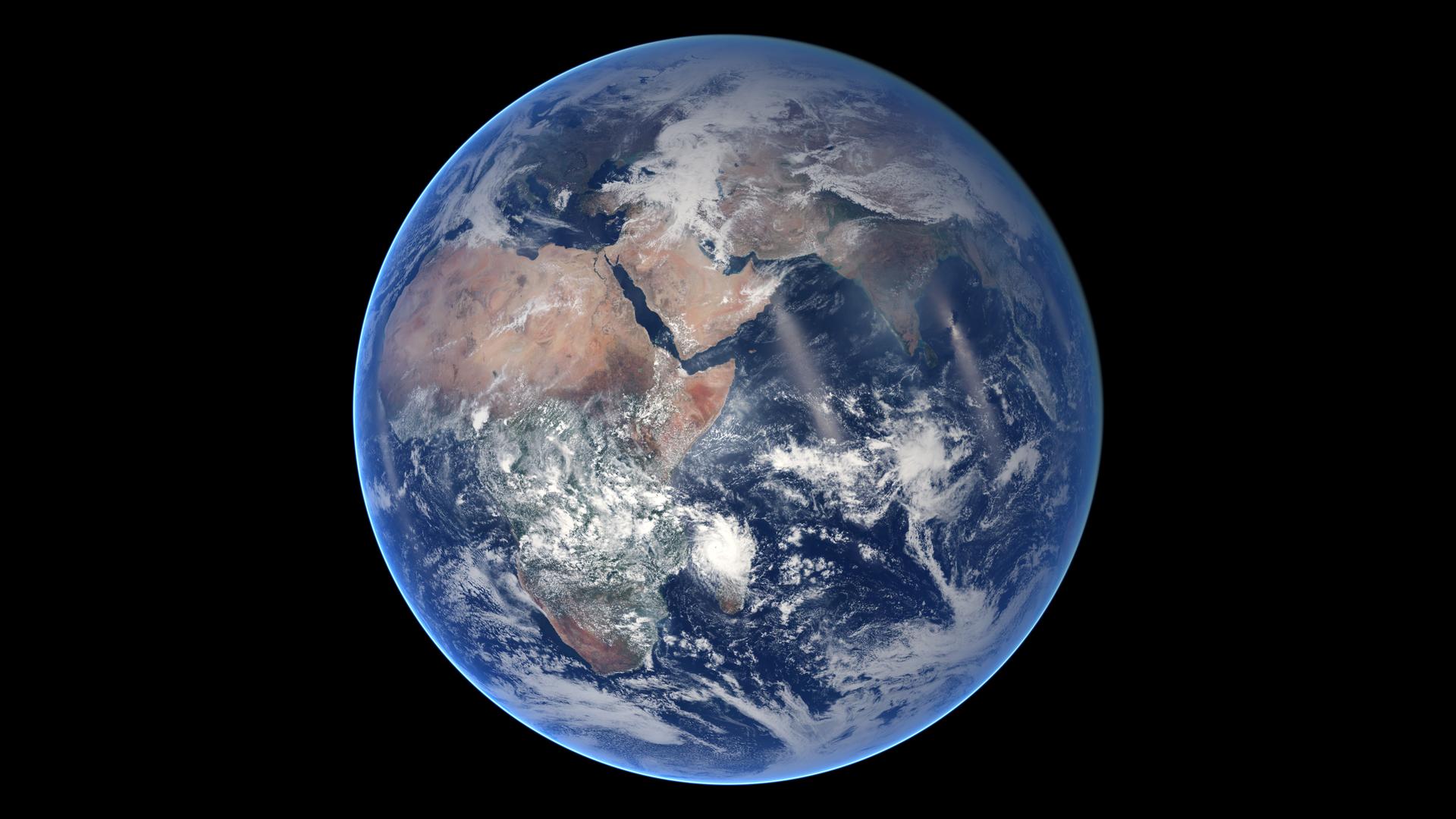Mariner 3
Type
Launch
Target
Results
What was Mariner 3?
NASA's Mariner 3 was designed to take photos of Mars after an eight-month journey studying interplanetary space. The spacecraft lost power and the inert spacecraft never reached the correct course for a Mars flyby.
| Nation | United States of America |
| Objective | Mars Flyby |
| Spacecraft | Mariner-64C / Mariner-C |
| Spacecraft Mass | 575 pounds (260.8 kilograms) |
| Spacecraft Power | Solar |
| Mission Design and Management | NASA/JPL |
| Launch Vehicle | Atlas Agena D (Atlas Agena D no. 11 / Atlas D no. 289 / Agena D no. AD68/6931) |
| Launch Date | Nov 5, 1964 / 19:22:05 UT |
| Launch Site | Cape Canaveral Fla. / Launch Complex 13 |
| Scientific Instruments | 1. Imaging System 2. Cosmic Dust Detector 3. Cosmic Ray Telescope 4. Ionization Chamber 5. Helium Magnetometer 6. Trapped Radiation Detector 7. Solar Plasma Probe |
NASA approved two probes for the Mariner Mars 1964 project in November 1962. The primary goal of the first two Mars Mariners was to photograph the Martian surface using a single TV camera fixed on a scan platform that could return up to 22 frames.
Mariner 3, the first of the two probes, was launched at 19:22:05 UT Nov. 5, 1964, but the booster payload shroud failed to separate from the payload. Additionally, battery power spuriously dropped to zero (at T+8 hours 43 minutes) and the spacecraft’s solar panels apparently never unfurled to replenish the power supply.
Due to the incorrect mass of the spacecraft (since the payload shroud was still attached), it never entered a proper trans-Mars trajectory. The probe ended up in an unanticipated heliocentric orbit of 0.983 × 1.311 AU.
A later investigation indicated that the shroud’s inner fiberglass layer had separated from the shroud’s outer skin, thus preventing jettisoning.



























